
Juliet And Romeo 20th Anniversary

Juliet And Romeo 20th Anniversary
Event details
👉 No Cancellation
About the ballet Juliet and Romeo
Juliet and Romeo
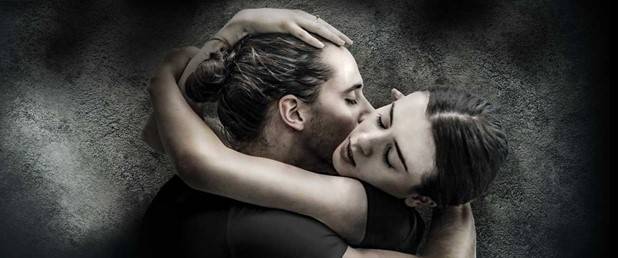
The Balletto di Roma's version of Juliet and Romeo has endured for 20 years since 2002, with 400+ performances, 200,000+ attendances, and was named by the Italian media in 2022 as one of the most popular productions in the history of Italian dance in this century. As a repertoire of the company, it is still accompanied by Prokofiev's original music, but dances with amazing and pioneering colours. This makes it one of the most unusual adaptations in Italian dance: [avant-garde, transgressive, rebellious] are all words that seem to be inappropriate for this production!
Ballet Juliet and Romeo
Pioneer Ballet Through Love
A cross between Shakespeare's masterpiece
An Italian landmark masterpiece
As the curtain slowly opens, the audience no longer sees the 14th century Italy of Shakespeare, but the Italy of the immediate aftermath of the Second World War, where people have just escaped from the shackles of terror and are hungry for passion. A huge, dilapidated wall stands alone, rubble strewn everywhere, signalling the tragedy that has befallen. The dancers feel every moment of life with a reborn passion until the last moment of breathing.
Juliet and Romeo was created by choreographer Fabrizio Monteverde for the famous Tuscany Ballet in 1989. In 2002, the Tuscany Ballet and the Balletto di Roma were united, but this work did not disappear because of the change of the company's structure, and has been a must-perform repertoire of the Balletto di Roma every year until today. At the same time, this work is also recognised as an important milestone for the Italian dance and theatre world.
Juliet and Romeo is a successful breakthrough in the reinterpretation of the classic in the form of a complete ballet. Free from the constraints of the original script, it is an independent and passionate interpretation of Shakespeare's original plot, which explores the ‘breaking point’ in the emotional development and characterisation of the characters. Of this Monteverde says: ‘It was influenced by the cinema and literature of the Italian neo-realist period.’ Some people even saw the shadow of the films of the famous Italian directors Rossellini and Visconti in the set and costume design of the dance theatre.
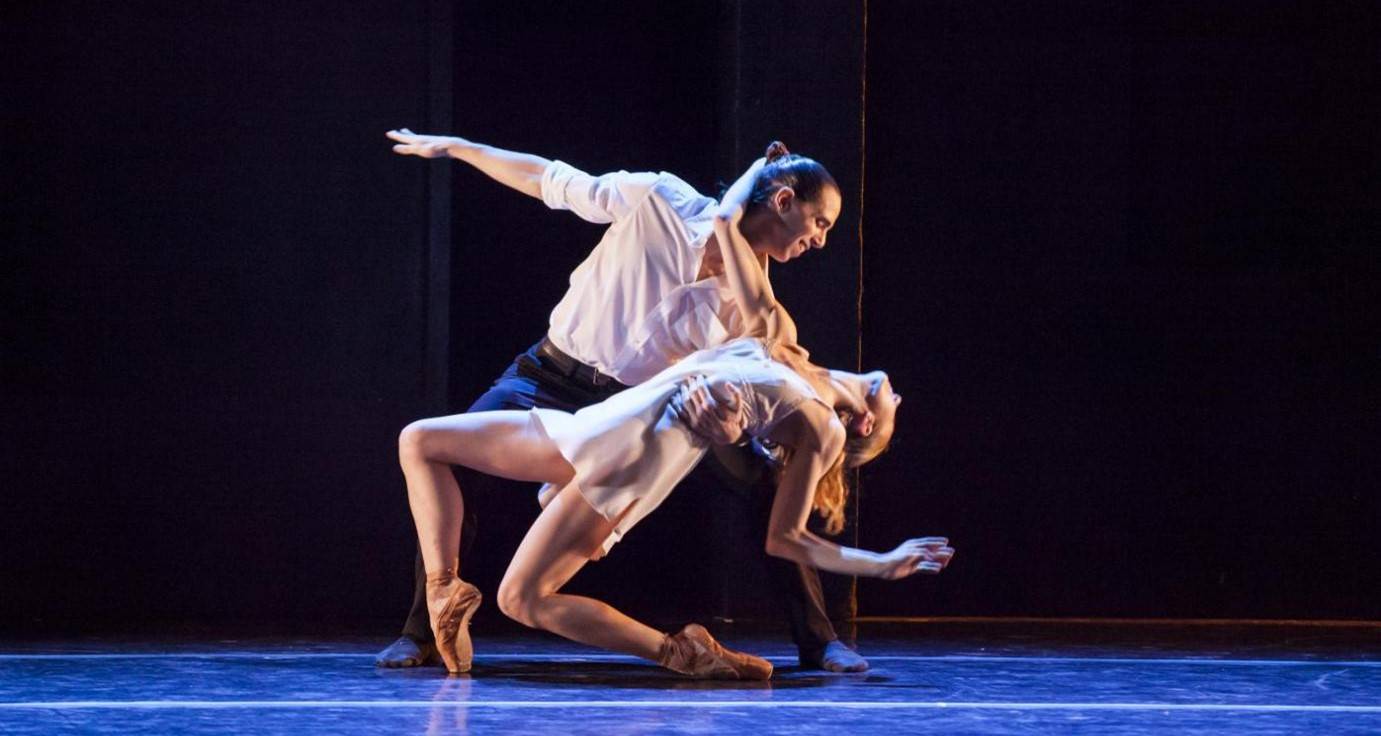
Rebellious Juliet, Shy Romeo
Showing off their pioneering dance moves
In the ballet Juliet and Romeo, the original characters are given new meanings because of the changes in time and space, and the choreography of the dance movements shows the creativity and individuality of the pioneering art everywhere:
Rebellious Juliet: Juliet is no longer just the lady of the house who longs for love, but symbolises a strong desire to break free from the traditional concepts and rules of the world. Faced with the contradictions of the real world, she desperately wants to get rid of her bondage, but in the end, she is unable to escape. This character is brave, resolute and full of strength, a far cry from the classical version. This Juliet, bold with elegant sensuality, innocent with untamed wildness.
Shy Romeo: Romeo, on the other hand, is a shy, introverted and shy young man. Because of his desire and curiosity for love, he unreservedly opens his heart and gives his life for this legendary intense love. His mother, who sits squarely in a wheelchair, manipulates the entire family despite her limited mobility and even dooms the dance theatre to a tragic ending. This version of Romeo did not dance and jump from the very beginning, but sat on the ground, buried in meditation, so that people clearly see a ‘Thinker’ dance sculpture; when he stood up and danced to his heart's content, up and down the flip and short and powerful arm movements show the intricate relationship between the characters in this dance theatre.
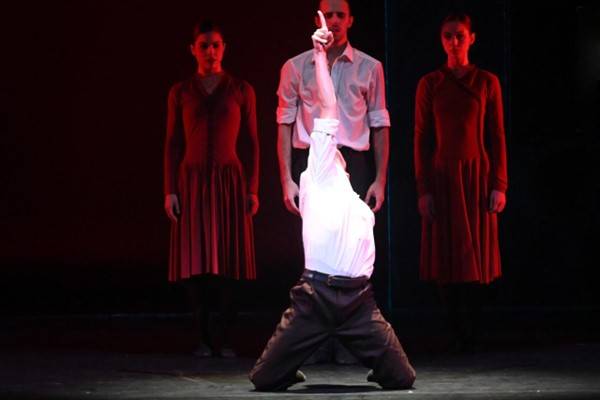
Bed as a handle, wall as a balcony
Creativity in personalised dance sequences
The most admirable thing about this work is that there are fresh ideas in almost every dance section, such as the dance section between Juliette and her tutor, who, facing the unrestrained Juliette, cleverly used a mat bed as a ballet classroom handle, and showed it with several sets of the most basic hand and foot movements. The choreographer found a commonality between aristocratic education and ballet norms: there are no rules to be followed!
The large group dance at Juliet's home is even more imposing. According to the tradition of the Italian masquerade, the guests wear bird's head-like masquerade, while the gesture language accordingly appears in the form of bird's beak and wings, which not only reminds people of the impending sharpness of the dramatic conflict, but also recalls the ‘ free bird’ that Juliet repeatedly mentioned in her dialogue with Romeo in Shakespeare's original work.
The most unexpected idea, however, is the one that appears in the two title characters.
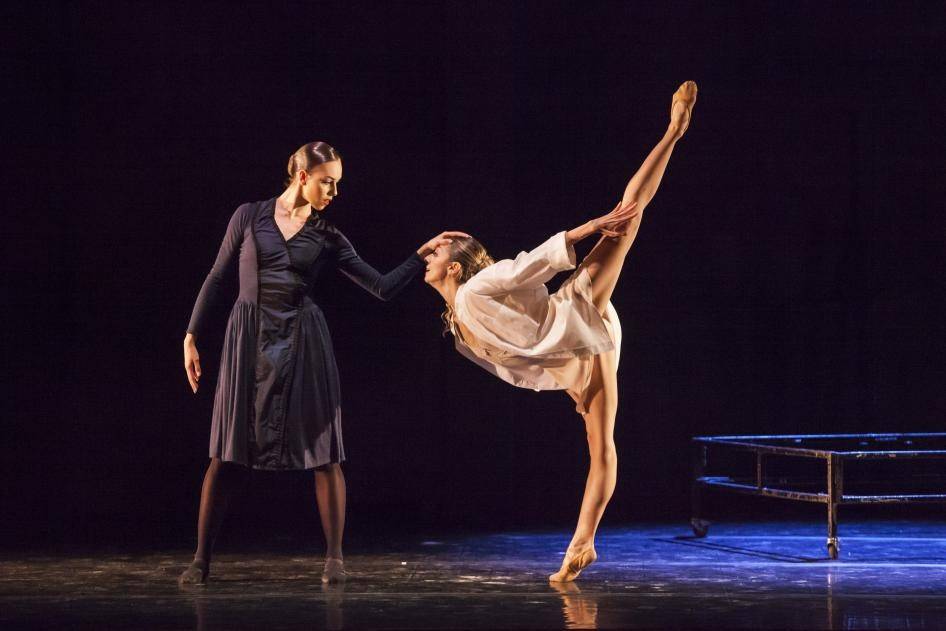
However, the most unexpected idea is when the two title characters dance the original Balcony Dance for Two, Juliette does not run down the stairs to meet her lover as in the original version, but rather, like a rock climber, she walks painstakingly but with great joy from the cracks in the middle of the wall, from the top down to the ground. After the dance, he climbs back up the wall, one step at a time, thus succinctly symbolising the difficulty in the development of their love.
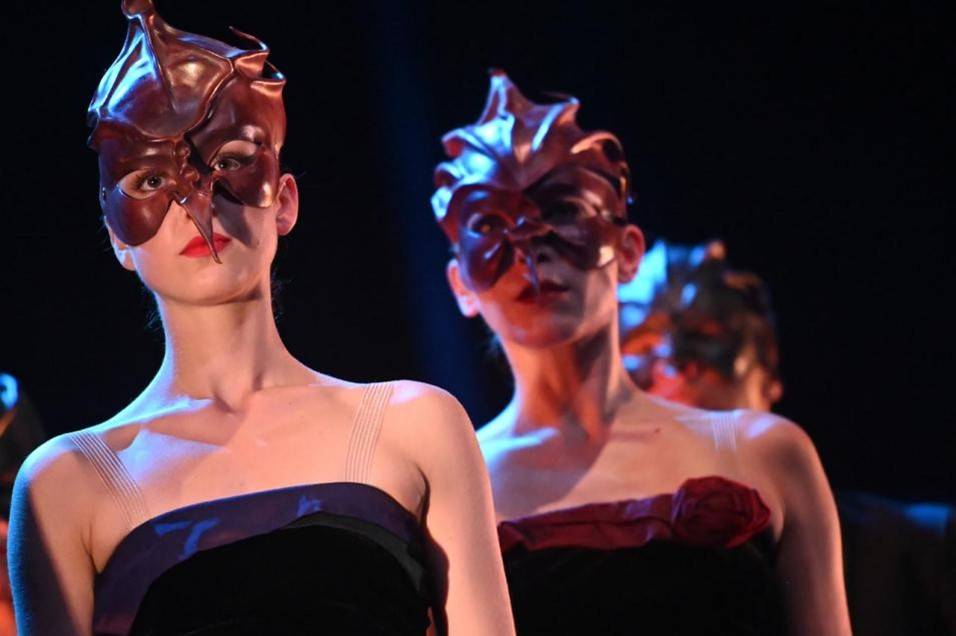
Reversing Tradition
Not only does it reverse the order of the protagonists' names
Audiences familiar with Shakespeare know the story of Romeo and Juliet, and the Balletto di Roma's version reverses the title of the play, which has been used for hundreds of years. Not only that, but the company also accomplishes a reversal across time and space - she sets the story in the post-World War II era, although Shakespeare's Romeo and Juliet story is based in Verona, Italy, the Romans still wanted to make the story completely different from the past. This was a subversion of Shakespeare's original work, so it was determined that it could not be Romeo and Juliet, but rather Juliet and Romeo!
Fabrizio Monteverde, the choreographer of Juliet and Romeo, said: ‘ The period after the Second World War was a very special time for Italy, a time when old and new ideas clashed fiercely, where the old ideas, though decayed and forlorn, were still powerful, and the emerging forces were positive and optimistic, but still young. ‘ All these elements are given a figurative representation in this work, and Romeo's wheelchair-bound mother, the shy Romeo, and the bold and optimistic Juliet are their representatives. The Balcony Dance for Two, the most famous dance in the original version, is now performed by Juliet, who does not run down the stairs, but rather, like a rock climber, climbs painstakingly but joyfully from the middle of the wall to the ground, and then, after the dance, climbs back up the wall, one step at a time, thus succinctly illustrating the difficulty of the development of the love between the two men. ‘
Walter Zapolini, Artistic Director of Balletto di Roma, said: this dance theatre not only reverses the position of the names of the hero and heroine in the original in terms of title, but also creates many subversive stage changes. One of the most important points is the story from the 14th century ‘ through ’ to the end of World War II in Italy, and the visual elements and dance language have been modernised and improved. According to Zaporini, the ballet ‘Juliet and Romeo’ does not have the ornate and tall sets of classical ballet, but adopts a minimalist conceptual stage design with ‘cinematic’ lighting effects. On the stage, a high, dilapidated tin wall stood at all times, with people climbing painfully on the wall, while at other times the whole wall cracked open, letting out lights that shot directly at the audience.
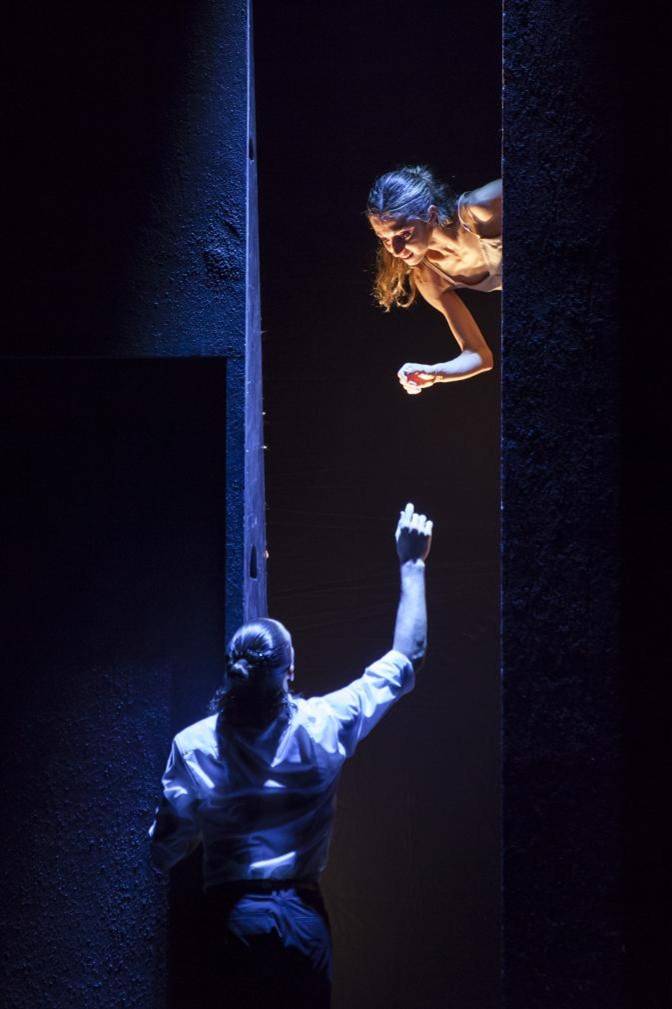
The two ‘oldest’
Pioneering chemistry
As we all know, Italy is the place where Shakespeare's Romeo and Juliet took place, and at the same time, Italy is the place where the art of ballet originated. So, when these two ‘oldest’ elements collide with each other, when the Shakespearean classic meets the Balletto di Roma, the leader of the Italian dance world, a marvellous ‘chemical reaction’ occurs in ‘Romeo and Juliet’, transforming it into a pioneering and experimental ‘Romeo and Juliet’. Juliet and Romeo. The artistic director of the company, Walter Zappolini, said: ‘This idea cannot be copied, it is only created in Italy is the most meaningful and interesting. This is a major reason why Balletto di Roma has kept this work in its repertoire and touring repertoire.’
The dance theatre doesn't just reverse the position of the original hero and heroine's names in the title, it also creates a number of subversive stage changes. One of the most exciting of these is the ‘travelling’ of the story from the 14th century to post-World War II Italy, which not only modernises the visual elements and choreographic language, but also gives a new contemporary meaning to the old story. The choreographer of this work, Monteverde, was awarded the ‘Italian Prize for Best Choreography’ for this work. At the same time, it has been described by the press as ‘a landmark work in Italian dance and theatre’.
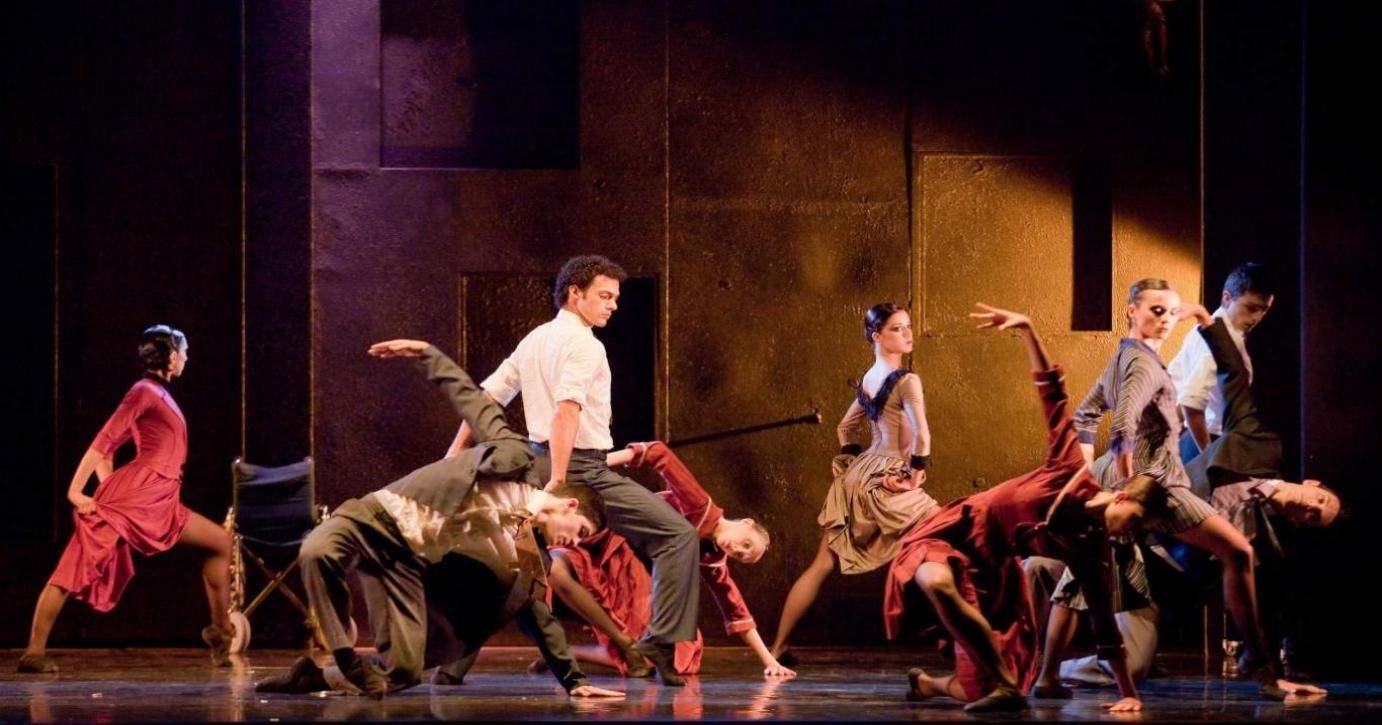
Conceptualised Vision
Creating a cinematic stage experience
In terms of visual presentation, the ballet ‘Juliet and Romeo’ is also a subversive interpretation through the change of time and space. Instead of classical ballet's ornate and tall sets, a minimalist ‘conceptual’ stage design is used, accompanied by ‘cinematic’ lighting effects, which completely transcends people's usual imagination of ballet. On the stage, a high, dilapidated tin wall stood at all times, sometimes people were climbing on the wall in pain, and at other times, the whole wall was cracked open, letting out direct light from the audience.
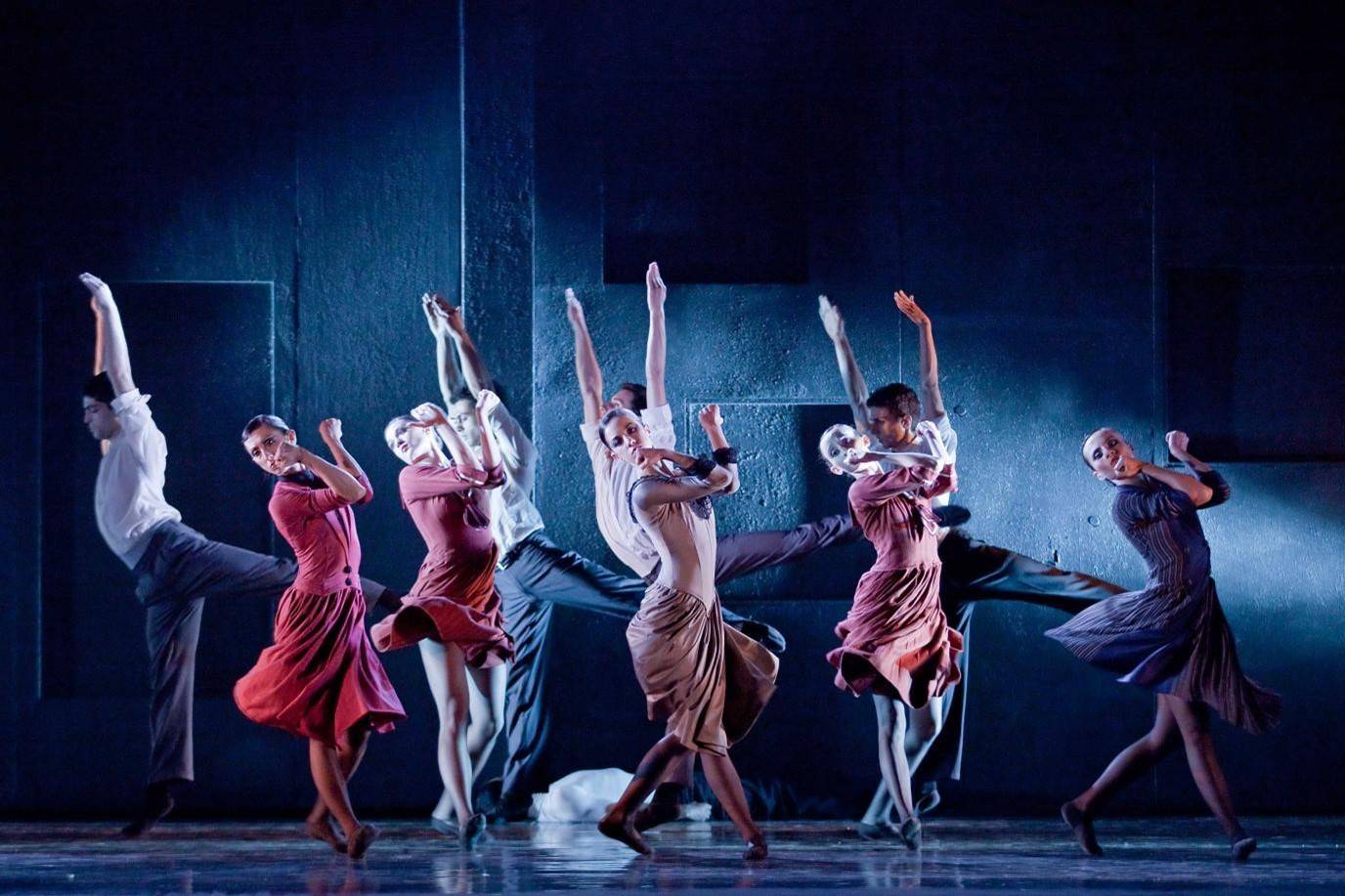
Overwhelming creativity abounds throughout the show: the stairs of the famous Balcony Dance for Two are replaced by a wall, and the rock-climbing-like action illustrates the difficult development of love between the two people; another example is the dance section between Juliette and her tutor, who, faced with the naïve and unrestrained Juliette, intelligently used a Simmons bed frame as a handle for the ballet classroom, and with a few sets of the most basic hand and foot movements, showed that the choreographer and director had a strong sense of the importance of aristocratic education and the importance of the ballet classroom, and that the choreographer and director were not only interested in the ballet classroom, but also in its future. The choreographer has found a commonality between aristocratic education and ballet norms that can be used as a metaphor for each other: you can't make it without rules! Monteverde said, ‘ These are never found in classical ballet. And in the pas de deux of the two protagonists, I also put more emphasis on the emotional communication and sensuality part, after all, this is not a story that takes place in ancient times any more, modern youth have their new ways of expressing their feelings.’
Famous dance critic Ou Jianping said after watching the play: ‘In terms of the large number of dance dramas I have seen abroad in recent years, this new dance form, which rejects the traditional programmed mime gestures, goes back to life to refine the movements, and then naturally kneads them into the academy's dances, combines narrative and lyricism, allowing the audience to watch the dances to their heart's content while also having a clear understanding of the characters and their conflicting developments in the play. The new dance form, which combines narrative and lyricism, allows the audience to enjoy the dance and at the same time understand the characters in the play and the development of their conflicts at a glance, has become the mainstream of today's dance world!’
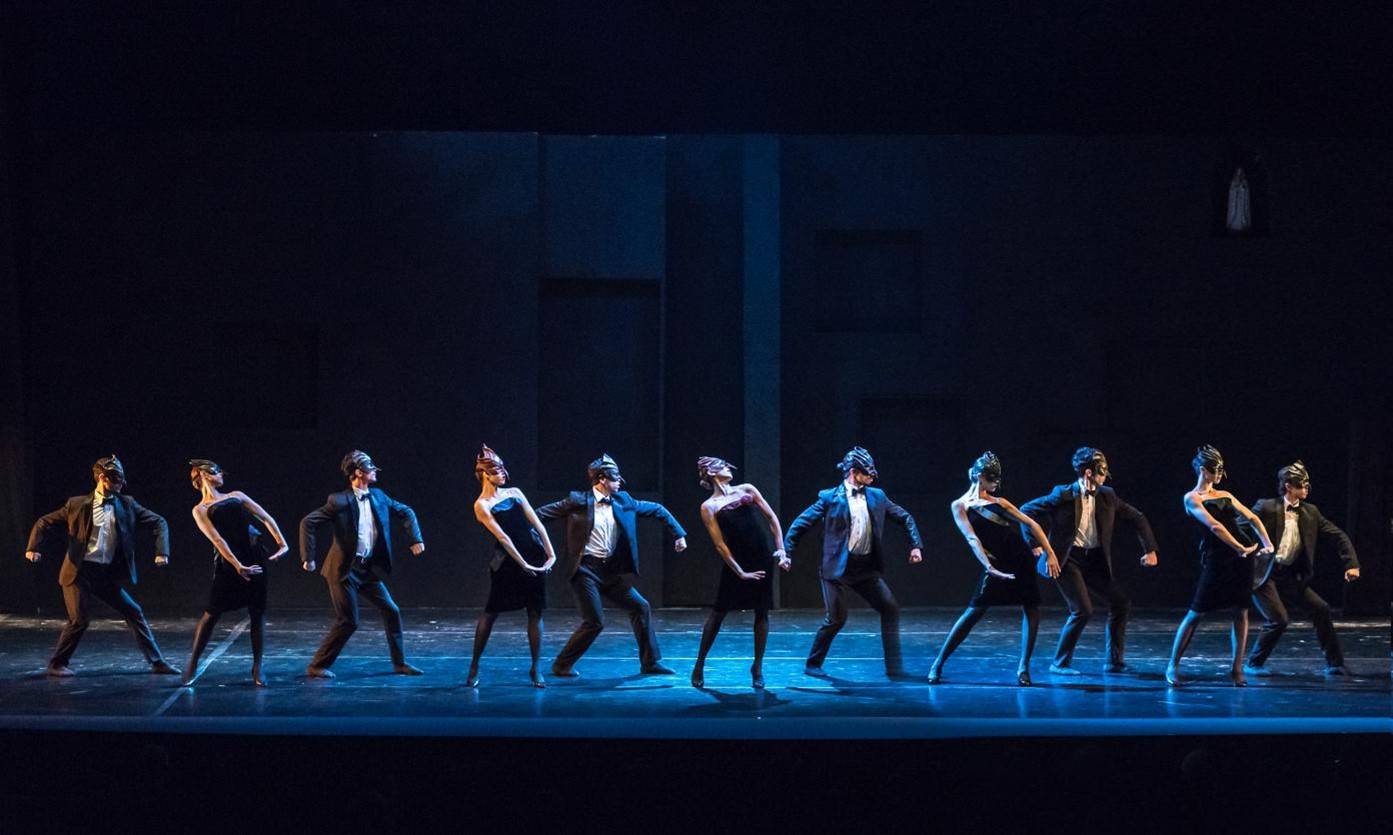
Notice
Date & time:2024.8.2-3 19:30
Venue:Grand Theater · Shanghai Wanping Theatre
Price: 180 RMB /280 RMB /380 RMB /480 RMB /580 RMB

Follow our WeChat for event news, deals, gossip and more!
Juliet And Romeo 20th Anniversary

 Add us on WeChat to speak to our friendly customer service team! ID: Tickets247Tickets
Add us on WeChat to speak to our friendly customer service team! ID: Tickets247Tickets